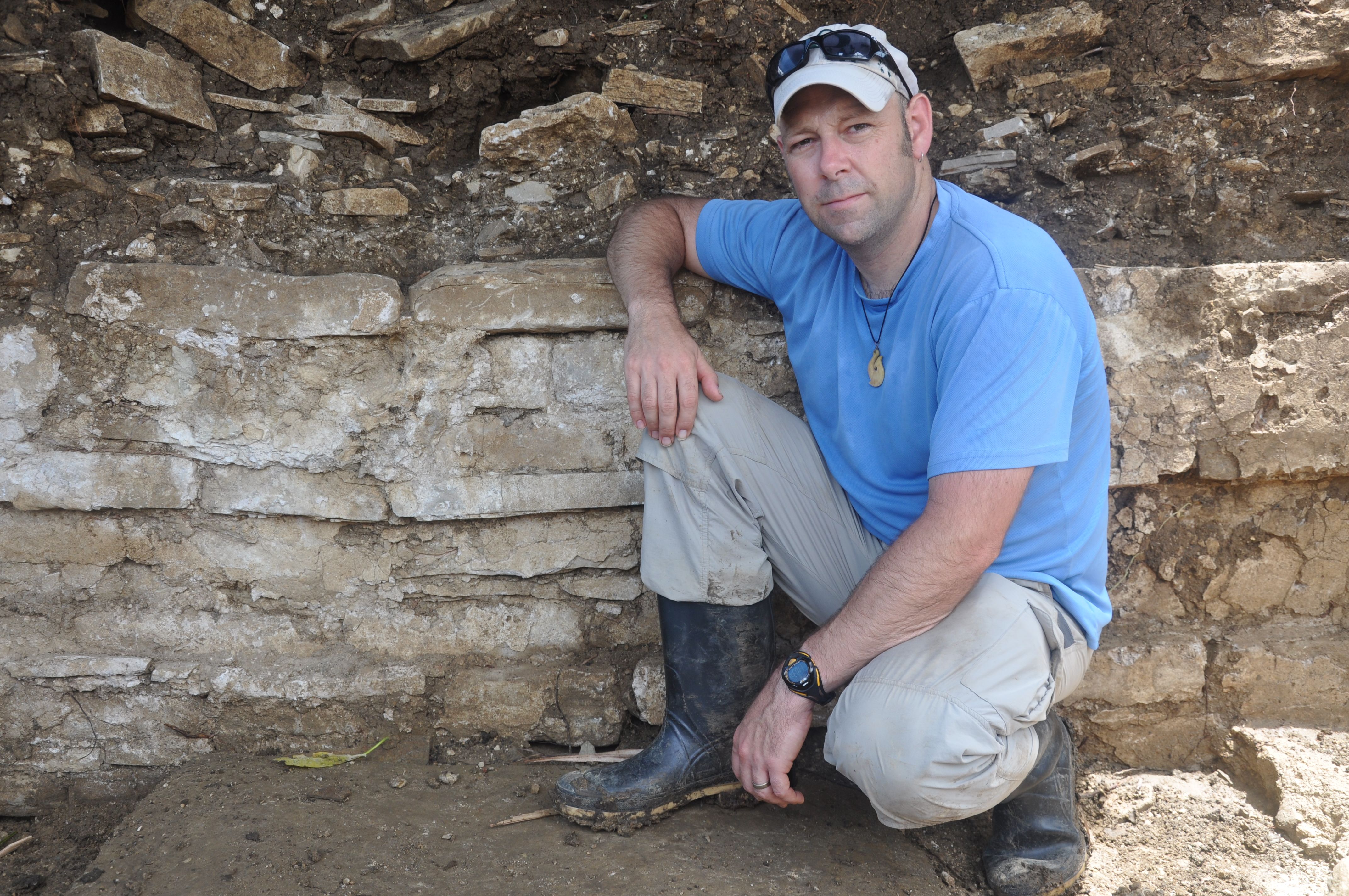Affiliation: University of California, Santa Barbara

Douglas J. Kennett is a Professor of Environmental Archaeology in the Department of Anthropology at University of California, Santa Barbara. He holds degrees from the University of California, Santa Barbara (Ph.D., M.A., B.A.) and he is the author of over 250 scientific papers. He is also author of the books entitled: The Island Chumash (University of California Press, 2005), Behavioral Ecology and the Transition to Agriculture (University of California Press, 2006) and Taking the High Ground: The archaeology of Rapa, a fortified island in remote East Polynesia (Australia National University Press, 2012). His current field research is in the Maya region.
The influence of climate change on civil conflict and societal instability in the premodern world is a subject of much debate, in part because of the limited temporal or disciplinary scope of case studies. Kennett will present a transdisciplinary case study that combines archeological, historical, and paleoclimate datasets to explore the dynamic, shifting relationships among climate change, civil conflict, and political collapse at Mayapan, the largest Postclassic Maya capital of the Yucatán Peninsula in the thirteenth and fourteenth centuries CE. Multiple data sources indicate that civil conflict increased significantly and generalized linear modeling correlates strife in the city with drought conditions between 1400 and 1450 cal. CE. We argue that prolonged drought escalated rival factional tensions, but subsequent adaptations reveal regional-scale resiliency, ensuring that Maya political and economic structures endured until European contact in the early sixteenth century CE.
The global transition from hunting and gathering to agriculture that began ~11,000 years ago was one of the most consequential transformations in Earth’s cultural and environmental history. Key to this transition was the development of increasingly interdependent coevolutionary relationships between humans and their plant and animal food domesticates. Yet the study of these relationships to date has been almost exclusively one-sided, analyzing data from humans or a domesticate without consideration of the other. Kennett adopts a transdisciplinary approach that integrates archaeological, paleoecological, biochemical, and genetic data to explore the coevolutionary dynamics between people and domesticates in Central America with a particular emphasis on the growing importance of maize as a staple grain.
The genetic prehistory of human populations in Central America is largely unexplored leaving an important gap in our knowledge of the global expansion of humans. Kennett presents genome-wide ancient DNA data for a transect of twenty individuals from two Belize rock-shelters dating between 9,600-3,700 calibrated radiocarbon years before present (cal. BP). The oldest individuals (9,600-7,300 cal. BP) descend from an Early Holocene Native American lineage with only distant relatedness to present-day Mesoamericans, including Mayan speaking populations. After ~5,600 cal. BP a previously unknown human dispersal from the south made a major demographic impact on the region, contributing more than 50% of the ancestry of all later individuals. This new ancestry derived from a source related to present-day Chibchan speakers living from Costa Rica to Colombia. The arrival of these people corresponded with the first evidence for forest clearing and maize horticulture in what later became the Maya region.